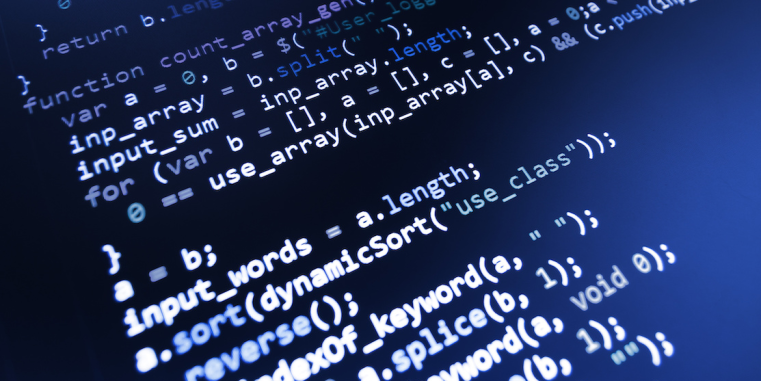

Introduction to machine learning
Machine learning and artificial intelligence now play a role in many areas of science, from astronomy to psychiatry. The interdisciplinary lecture is intended to serve as a first introduction to the methods of machine learning and their application in science.
Contact
Dr. O. Kamps, PD. Dr. S. Gurevich
Tel .: +49 251 83-34924
Email: okamp(at)uni-muenster.de
Dates and Room
Block Course
16.09.2024 - 20.09.2024
in room KP/TP 304
Schedule Mo- Fr 9.15 - 10:45 Lecture 10:45 - 11:15 Break 11:15 - 12:00 Lecture 12:00 - 12:15 Pause 12:15-13:00 Lecture
Content, literature and requirements
Content of the lecture
- Introduction to machine learning - general concepts, terms, challenges and problems
- Regression, Naive-Bayes, Support Vector Machines, Principal Component analysis, Clustering, ...
- Neural networks and deep learning
- Reinforcement learning
- Applying machine learning with Python to examples from different areas of science
Literature
The lecture is mainly based on the following sources (don't panic, even if the word physics appears in the first reference)
- A. Géron, Hands-On Machine Learning with Scikit-Learn and TensorFlow: Concepts, Tools, and Techniques for Building Intelligent Systems
- M. Nielsen, Neural Networks and Deep Learning, http: //neuralnetworksanddeeplearning.com
- Christopher M. Bishop, Pattern Recognition and Machine Learning
- R. S. Sutton and A. G. Barto, Reinforcement Learning: An Introduction
- A. Burkov, The Hundred-Page Machine Learning Book
- P. Mehta et. al., A high-bias, low-variance introduction to Machine Learning for physicists, arXiv: 1803.08823 (2019)
The lecture gives a more comprehensive overview of the literaur.
Requirements
To understand the algorithms
- A little bit of linear algebra
- Derivatives in one and more dimensions
To implement the methods
- Elementary programming skills in Python
The following libraries are used in the implementation (available for all operating systems - will be updated)
-
For implementation we use Scikit-learn, Tensorflow (Keras) or Pytorch and for advanced reinforcement learning gym
- Jupyter Notebook is helpful which is also available online from the WWU via jupyterhub
Alternatively (everything online, i.e. nothing needs to be installed + large computer resources)
Lecture materials
The materials for the lecture are available in the Learnwerb:


